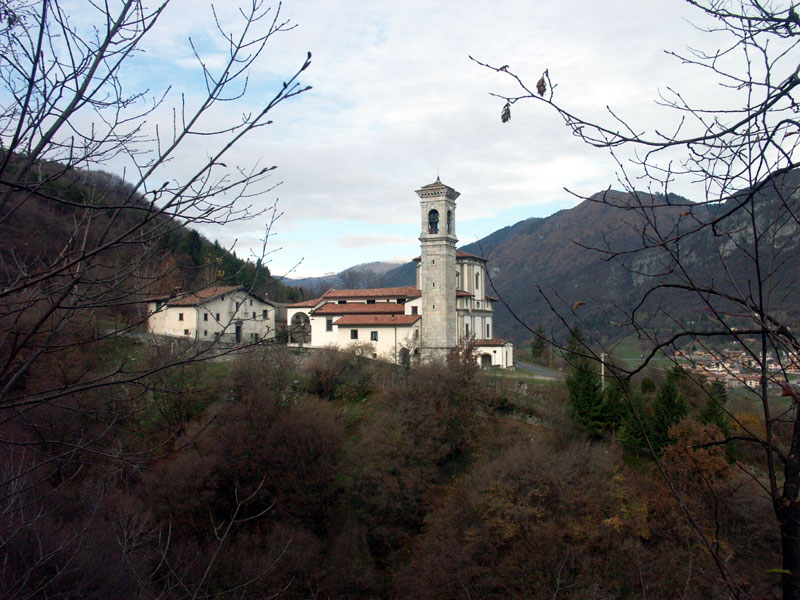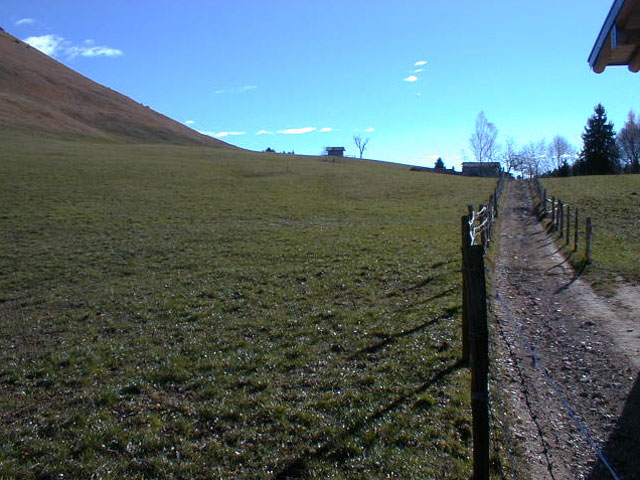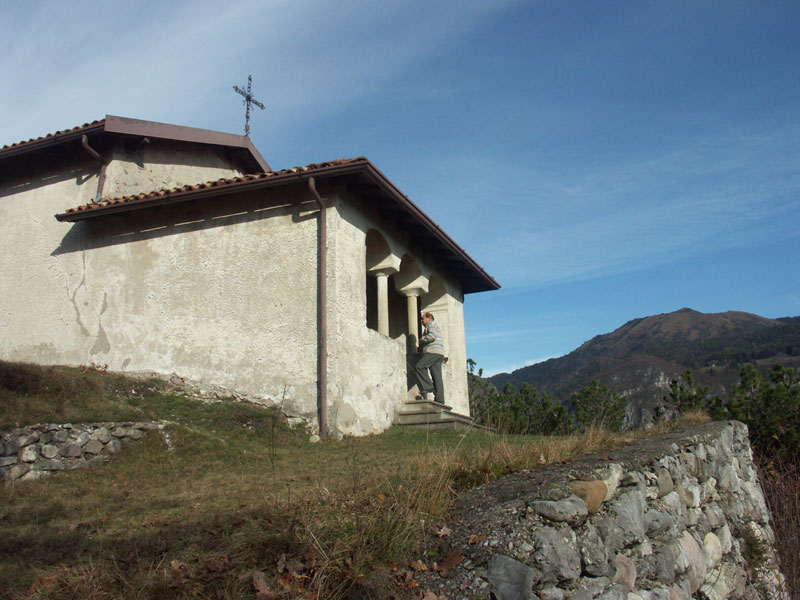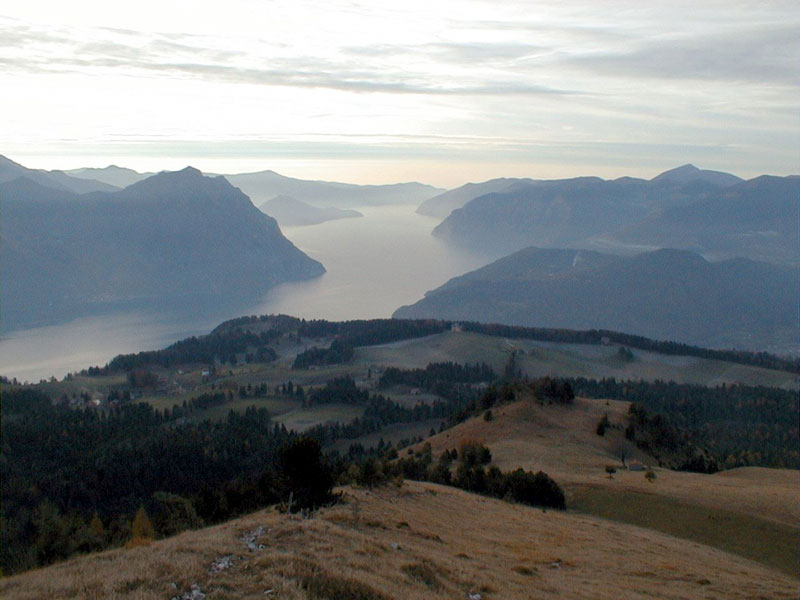Points of Interest
Historical-Cultural Features
For its geographical position, the features of its mountains and
valleys, and the environmental resources it has always offered to its
population, the territory of upper Sebino boasts an age-old history
whose traces and memory have been preserved through several evidences.
Most of these evidences consists of simple and spontaneous signs of the
deep link with the earth from which any direct and indirect form of
maintenance derives and is widely represented by boundary stones, heaps
of stones from stone removal, dry-stone walls, mule tracks, cobbled
trails, water collection basin, etc.
They witness a great work commitment, individual and collective
initiative, and perseverance for a continuous and wise care required to
till and conquer new lands for agricultural purposes, to exploit
woodland resources, and control its spontaneous diffusion in the
grasslands used as pastures. Not separated from the working activities,
the spiritual dimension of the local population has left in the places
of the daily hard work other evident signs. As a matter of fact, the
Park preserves a rich heritage of small churches, votive aediculae,
chapels, crosses, and devotional frescoes painted on the façade of the
farmsteads scattered throughout the territory to witness the deep link
existing between faith and everyday life. Frescoes representing the
Madonna with the Child and the saints of the pastoral tradition, like
St Rocco and St Anthony Abbot, witness much more than a clear devotion:
they express the will to entrust the individual and family life,
together with the harvesting and the health of the cattle, to a
transcendental protection.
Archaeological Features
In Rogno, the human settlement has ancient origins. According to the results of the archaeological excavations carried out in the 1980s on Coren Pagà, a rocky spur standing out between Rogno and Monti, it even dates back to prehistory. On the flat summit and in some ravines preserving materials and leftovers thrown from above, prehistoric pottery, bones, flint tools, and pieces of metal have been found. Several rock engravings enrich the already surprising and famous Camuni petroglyph heritage.
Devotional Features
Several small chapels are scattered throughout the Park, at the crossroads and along the mule tracks. Only a detailed census and cartography will give a precise idea of their diffusion. If the dedication often refers to the Madonna and the saints of the pastoral tradition, the reason for their building is often linked to a vow made by someone during a war or an imprisonment (small church in loc. Plaza, Monti). In some cases, the small churches were built thanks to the legendary initiative of the Alpine troops, like Pozza d'Aste small church in Bossico.
Signs of the Economic Activity
In Val Supine, along Valder trail, the rests of some "calchere" used for the lime production are still evident. They used the local calcareous rock and exploited the timber of the nearby woodlands. Other interesting "calchere" can be found in Ceratello, in loc. Stremazzano, and in Valle dell'Orso, in the heart of the valley, immediately above the road connecting the two country hamlets of Rogno. All these structures urgently need to be recovered before they may get irremediably lost. Another unmistakable sign of the economic activity linked to the woodland exploitation is the presence along the trails crossing the Park woodlands, especially the beech wood section, of several sites called "aial" or "aral" , where the "poiat" was erected: the "poiat" was a heap of timber adequately placed and covered with earth which, after a few days, through a controlled combustion process with a lack of oxygen, would have become charcoal.
Signs of Ancient Structures
In Lovere, an ancient 19th century aqueduct supplying the Monastery of the Capuchin Friars with the water coming from loc. Carassone, crosses the whole slope of Mt. Cala and works as a guide to the path called "del Dugal". The raceway is a stone channel with a square section of about a 20cm side and with abundant carbonate deposits; the three flat stone blocks forming the channel are covered by a fourth block sealed with a lime mixture for the watertight seal. In Pianico, in a terrace next to Borlezza riverbed, a short gallery interrupted by a landslide is what remains of an ancient aqueduct intake.
Historical Memory Places
The first local mountain hut in Val Supine, Capanna Rodari, was built around 1935 in loc. Dossarole. It was named after the founder of the first alpine group from Lovere (1931) and became a reference point for hikers before the local section of Club Alpino Italiano became established. The structure was destroyed by a fire in 1943 during a Fascist reprisal against the partisans and was subsequently rebuilt preserving the inscription we can still hardly read on the façade. Another mountain hut was built in memory of M.O. Leonida Magnolini: it was inaugurated in 1948 and dedicated to the World War II dead from Lovere and Costa Volpino. The structure is property of CAI from Lovere and, over the years, it has become the destination of many summer and winter tours.









